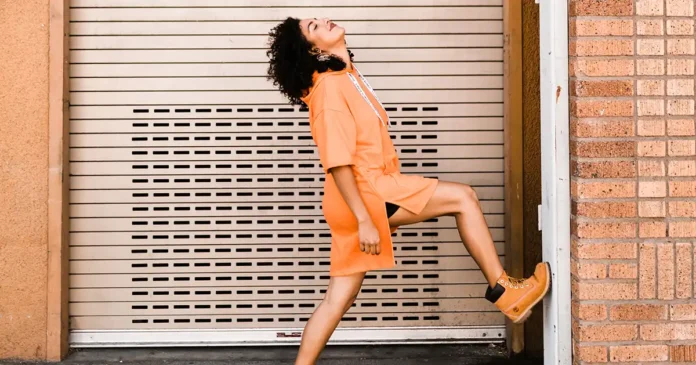In the dynamic realm of fashion, the evolution of street fashion has proven to be an unfaltering source of inspiration and innovation.
What once simmered within the hidden corners of subcultures has progressively journeyed into the spotlight, becoming an influential force that shapes mainstream trends and consumer preferences.
“The Evolution of Street Fashion: From Subculture to Mainstream” delves deep into the captivating narrative of how street fashion, rooted in the distinctive expressions of diverse subcultures, has traversed the boundaries of time and societal norms.
From the rebellious spirit of punk to the vibrant aesthetics of hip-hop, this article embarks on a visual and historical exploration of the evolutionary path that has led street fashion to its current status as a global cultural phenomenon.
Join us as we uncover the enthralling story of how individuality, authenticity, and creativity have propelled street fashion from its humble beginnings to an undeniable driving force behind the ever-evolving tapestry of style.
The Evolution of Street Fashion
The Origins: Roots in Rebellion
Street fashion finds its roots in the urban neighborhoods of the 20th century.
Born out of necessity and rebellion, it emerged as a form of self-expression for marginalized communities.
From the zoot suits of the 1940s to the punk aesthetics of the 1970s, street fashion was a way for youth to challenge societal norms and create a sense of identity.
These distinctive styles began as statements against conformity and quickly gained traction.
Hip-Hop Influence: Turning Heads and Setting Trends
The emergence of hip-hop culture in the 1980s played a pivotal role in propelling street fashion to the forefront.
Artists like Run-D.M.C. and LL Cool J not only shaped the music scene but also introduced iconic fashion elements like oversized gold chains, Adidas tracksuits, and bucket hats.
This fusion of music and style became a driving force that blurred the lines between art, music, and fashion.
Skateboarding and Graffiti: Artistry on the Streets
Skateboarding and graffiti also played a significant role in the evolution of street fashion. Skateboarding culture introduced a laid-back, casual aesthetic with baggy jeans, graphic tees, and skate shoes.
Graffiti artists brought vibrant colors and bold patterns to the mix, using walls as their canvas and inspiring a new wave of creative expression.
The Role of Streetwear Brands: Bridging the Gap
The 1990s saw the rise of streetwear brands that bridged the gap between subculture and mainstream.
Brands like Supreme, Stüssy, and A Bathing Ape transformed street fashion into a global phenomenon.
Collaborations with luxury fashion houses and high-profile celebrities helped solidify streetwear’s place in the fashion hierarchy.
Social Media’s Influence: The Digital Runway
With the advent of social media, street fashion transcended geographical boundaries.
Platforms like Instagram and TikTok gave rise to “influencers” who showcased their unique interpretations of street style.
The democratization of fashion through these platforms enabled individuals from all walks of life to contribute to the evolving narrative of street fashion.
Street Fashion in the Mainstream: From Runway to Retail
What was once considered edgy and alternative has now become a staple on fashion runways and in retail stores.
Luxury fashion houses have embraced street fashion, collaborating with streetwear brands and incorporating urban-inspired designs into their collections.
High-top sneakers, oversized hoodies, and distressed denim are as likely to be seen on the runway as in a city alleyway.
You may also like:
Conclusion: A Fusion of Identity and Expression
The journey of street fashion from subculture to mainstream is a testament to the power of self-expression and creativity.
What started as a rebellion against conformity has transformed into a dynamic and ever-evolving movement that continues to shape the fashion landscape.
Street fashion’s ability to embrace diversity, challenge norms, and reflect the pulse of urban life ensures that its influence will be felt for future generations.
As we navigate this fashion revolution, one thing is sure: street fashion’s evolution will forever remain a colorful chapter in the story of style.


